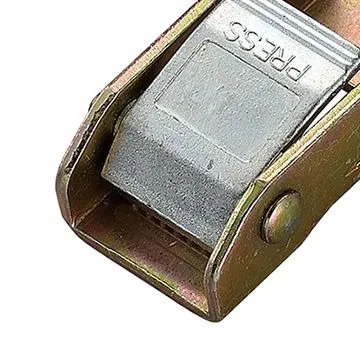Nov . 18, 2024 10:51 Back to list
how to install an access panel in the ceiling
How to Install an Access Panel in the Ceiling
Access panels are essential for providing easy access to plumbing, electrical, and HVAC systems concealed within walls or ceilings. Installing an access panel in the ceiling can simplify maintenance and repairs, saving time and effort when access is needed. This guide will walk you through the steps to install an access panel in the ceiling effectively.
Materials and Tools Needed
Before starting, ensure you have the following materials and tools on hand
Materials - Access panel (choose one that fits your needs—drywall or metal) - Ceiling drywall (if necessary) - Tape (for drywall) - Joint compound
Tools - Measuring tape - Pencil - Drywall saw or utility knife - Screwdriver or drill - Level - Safety goggles - Dust mask - Stud finder (optional)
Step-by-Step Installation Process
Step 1 Choose the Right Location
First, determine the location for your access panel. It should be positioned directly over the area you need access to, such as plumbing fixtures or electrical conduits. Ensure that it does not interfere with structural supports or other critical features in the ceiling. Use a stud finder to avoid drilling into beams or electrical wires.
Step 2 Measure and Mark
Once you've selected a suitable location, measure the size of the access panel you are installing. Mark the dimensions on the ceiling using a pencil. It is advisable to mark a square or rectangular outline that corresponds to the dimensions of the panel.
Step 3 Cut the Opening
Using a drywall saw or utility knife, carefully cut along the markings you made. Be cautious when cutting to avoid damaging any existing wiring or plumbing. Make sure the cut is clean and smooth; this will help ensure the access panel fits snugly without gaps.
how to install an access panel in the ceiling

Step 4 Install the Access Panel
Now it's time to install the access panel. If your panel has a flange, place it into the opening and ensure it is level. Secure it by attaching screws to the ceiling frame if available. If using a drywall panel that requires support, you may need to insert strips of drywall or blocking around the opening before securing the panel.
For metal access panels, follow the manufacturer’s instructions, which typically involve securing the panel to the ceiling using anchors or screws.
Step 5 Secure the Edges
If you have cut drywall to accommodate the access panel, you will need to secure the edges. Use drywall tape to cover the seams between the existing ceiling and the newly installed panel. This step is crucial for ensuring a smooth finish and preventing cracking.
Step 6 Apply Joint Compound
Once the edges are secured, apply joint compound over the taped seams using a putty knife. Feather the edges to blend it into the surrounding ceiling. Allow the compound to dry completely, which may take several hours or overnight, depending on the humidity and air circulation in the room.
Step 7 Sand and Finish
After the joint compound dries, use sandpaper to smooth out any imperfections. Be gentle to avoid damaging the surrounding ceiling. Once sanded, you may apply a second coat of joint compound if needed, followed by another sanding once it's dry.
Step 8 Paint the Access Panel
To ensure the access panel matches the existing ceiling, paint it with a ceiling-grade paint. This helps it blend seamlessly and maintains the aesthetic of the room. Allow the paint to dry thoroughly before use.
Conclusion
Installing an access panel in the ceiling is a straightforward process that enhances accessibility for maintenance and repairs. By following these steps, you can ensure that the installation is seamless and functional. Always prioritize safety by wearing goggles and a dust mask, and ensure you have adequate lighting during the installation. With a little patience and the right materials, you can complete this DIY project successfully, providing easy access to crucial systems within your home.
-
Quality Ceiling Trap Doors & Access Panels | Easy & Secure AccessNewsAug.30,2025
-
Durable Ceiling T Grid Systems | Easy InstallationNewsAug.29,2025
-
PVC Gypsum Ceiling: Durable, Laminated Tiles for Modern SpacesNewsAug.28,2025
-
Pvc Gypsum Ceiling Is DurableNewsAug.21,2025
-
Mineral Fiber Board Is DurableNewsAug.21,2025
-
Ceiling Tile Clip Reusable DesignNewsAug.21,2025







